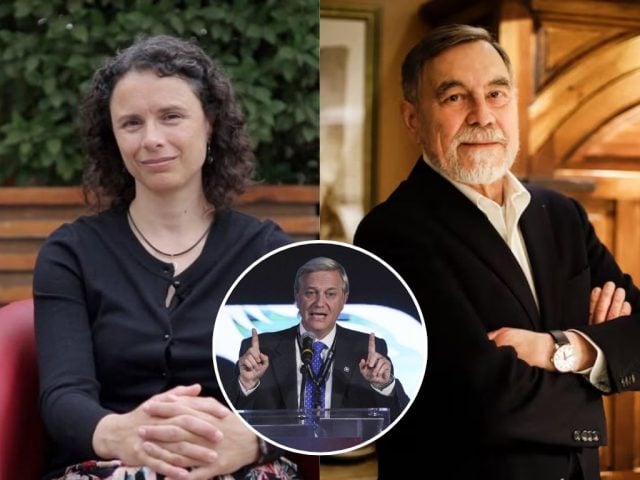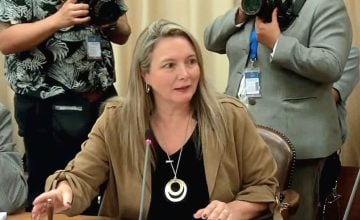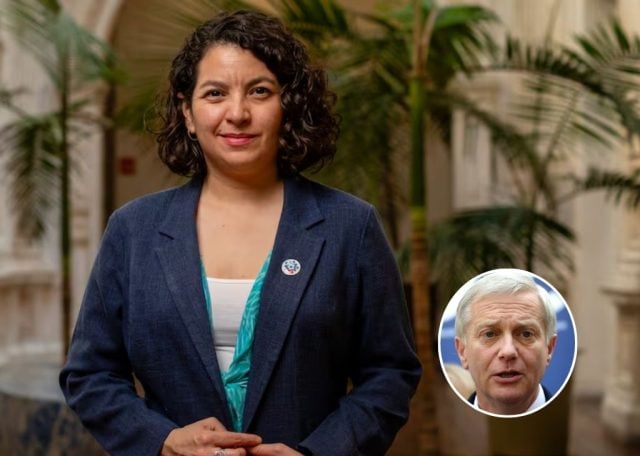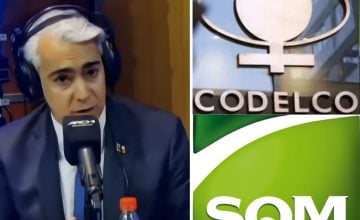The proposal by presidential candidate José Antonio Kast to cut US$6 billion in public spending continues to dominate debate. Luis Eduardo Escobar and Andrea Bentancor, members of the economic team of Jeannette Jara, deemed the plan unworkable.
It bears recalling that the Republican candidate proposed cutting US$6 billion from fiscal spending, a figure that —he explained— would be divided into US$3 billion through administrative actions and another US$3 billion contingent on decisions by the lawmakers who are elected.
Later, in a conversation with Radio Infinita, Bernardo Fontaine, a member of Kast’s economic team, said the reduction would be split into three buckets and that roughly half of the measures would require new laws.
The first bucket totals US$1.8 billion aimed at stopping abuses and misuse of public resources, the second US$2.1 billion by improving state efficiency and streamlining bureaucracy, and the last US$2.1 billion through general austerity in government expenditures.
However, economist Luis Escobar said the numbers don’t add up. We’ve run the calculations and found this is virtually impossible; if they try, they would have to cut public investment. And, at the same time, their representatives are saying they will increase public investment.
Escobar warned that, while the message might sound appealing, turning the proposal into reality isn’t feasible. He added that at least half of the measures would require special laws to pass Congress. It also seems very complicated to try to cut spending via laws in Congress within an 18‑month window.
Additionally, he said the macroeconomic impacts would be serious, as —by his calculations— it would force a drastic cut to public investment, which is essential to help private projects move forward and to improve the quality of life for people across our country, he noted.
Meanwhile, economist Andrea Bentancor argued that, although Kast’s team claims it can deliver the US$6 billion reduction in 18 months, the target is not realistic.
Bentancor said the Republican’s team proposes dividing the US$6 billion into three blocks. In the first block, about US$2 billion would come from preventing fraud —something she considers unachievable in just 18 months, as it requires investment in digitization and stronger oversight, processes that could extend across the full four-year term.
The second block focuses on improving the State’s efficiency, with an estimated cost of US$400 million.
Finally —and what the economist sees as most concerning— is the third block, which aims to save US$2 billion through ‘austerity’ and by avoiding under-execution of public spending (when the State doesn’t spend all that is budgeted). Bentancor warns that if savings depend on not spending, the necessary investments simply won’t happen.
That’s not right, because if they end up waiting for under-execution to cut that spending, they will fail to execute, they won’t invest, and that means macroeconomic consequences from not building the enabling infrastructure needed in ports, airports, connectivity and roads, she concluded.











